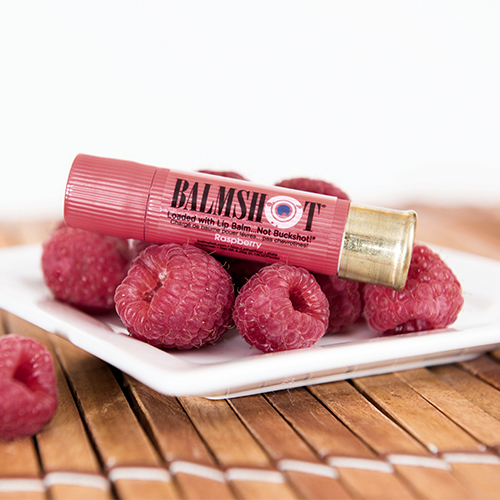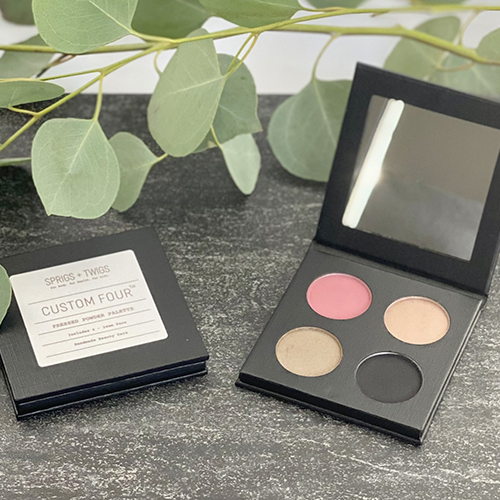Understanding Cosmetic Labeling Requirements: Your Essential Guide
This entry was posted on May 28, 2024 .
Getting Started
Accurate labeling on cosmetic products is more than just a regulatory requirement; it's a crucial element of consumer safety and brand integrity.
Understanding FDA guidelines and employing custom labels can help elevate your product's market presence while ensuring legal compliance.


1. Comprehensive Guide to FDA Cosmetic Labeling Regulations
The FDA stipulates that cosmetic labeling must include certain essential information to be considered compliant:
- Product Identity: What the product is.
- Net Quantity of Contents: Amount of product in the container.
- Manufacturer Information: Name and address of the manufacturer or distributor.
- Ingredient List: Ingredients must be listed in order of predominance.
- Usage Directions: If the product is not safe to use without directions, these must be included.
- Warnings: Any necessary warnings for user safety.
These elements help consumers make informed decisions and ensure products are used safely and effectively.
2. Designing Informative and Attractive Cosmetic Labels
Creating labels that are both informative and visually appealing is key to standing out. Consider these factors:
- Clarity and Visibility: Ensure all text is easy to read and prominently placed.
- Durability: Choose materials that resist wear and tear and are suitable for typical usage conditions.
- Brand Alignment: Design labels that reflect your brand's aesthetics and core values.
3. Avoiding Common Cosmetic Labeling Mistakes
Common errors can be costly. Here are some to avoid:
- Mislabeling Ingredients: Always double-check the accuracy of your ingredient list.
- Vague Usage Instructions: Be clear and specific to prevent misuse.
- Non-compliance with Regulations: Regularly review FDA updates for any changes in labeling requirements.


4. Advanced Labeling Strategies for Cosmetics
To further enhance your product labels:
- Incorporate Technology: Use QR codes to link to detailed product information or video tutorials.
- Consider International Standards: If selling abroad, include multilingual labels and adhere to international regulations.
- Adopt Eco-Friendly Practices: Utilize sustainable materials and practices in your labeling to appeal to eco-conscious consumers.
Wrapping Up
Effective cosmetic labeling is vital for compliance, customer safety, and brand reputation.
Investing in high-quality, informative labels is not just about meeting regulations; it's about connecting with your customers and providing them with the information they need to use your products safely and effectively.
Take Action
For expert assistance in designing and producing compliant and compelling cosmetic labels, contact Lightning Labels today!
FAQs about Cosmetic Labeling
What must be included on every cosmetic label?
Every cosmetic label must include the product name, total quantity, manufacturer's details, ingredient list, usage directions, and any necessary warnings.
How do I ensure my labels are FDA compliant?
Regularly check the FDA's website for current guidelines, consult with compliance experts, and consider periodic reviews of your labels by legal advisors.
Can I make any claims on my cosmetic labels?
Only make claims that are supported by evidence and comply with FDA regulations. Avoid claims that could classify your product as a drug unless it meets specific FDA standards.
What are the consequences of non-compliance in labeling?
Non-compliance can lead to sanctions such as fines, recalls, or even legal action from consumers.
Are there different rules for organic or natural cosmetics?
Yes, if you claim your product is organic or natural, you must follow specific guidelines from both the FDA and potentially other organizations like the USDA, depending on your claims.

 Custom Labels
Custom Labels  Custom Beverage Labels
Custom Beverage Labels  Custom Lip Balm Labels
Custom Lip Balm Labels  Custom Warning & Safety Labels
Custom Warning & Safety Labels  Perfume Bottle Labels
Perfume Bottle Labels  Bumper Stickers
Bumper Stickers  Custom Prop 65 Warning Labels
Custom Prop 65 Warning Labels  Custom Stickers
Custom Stickers